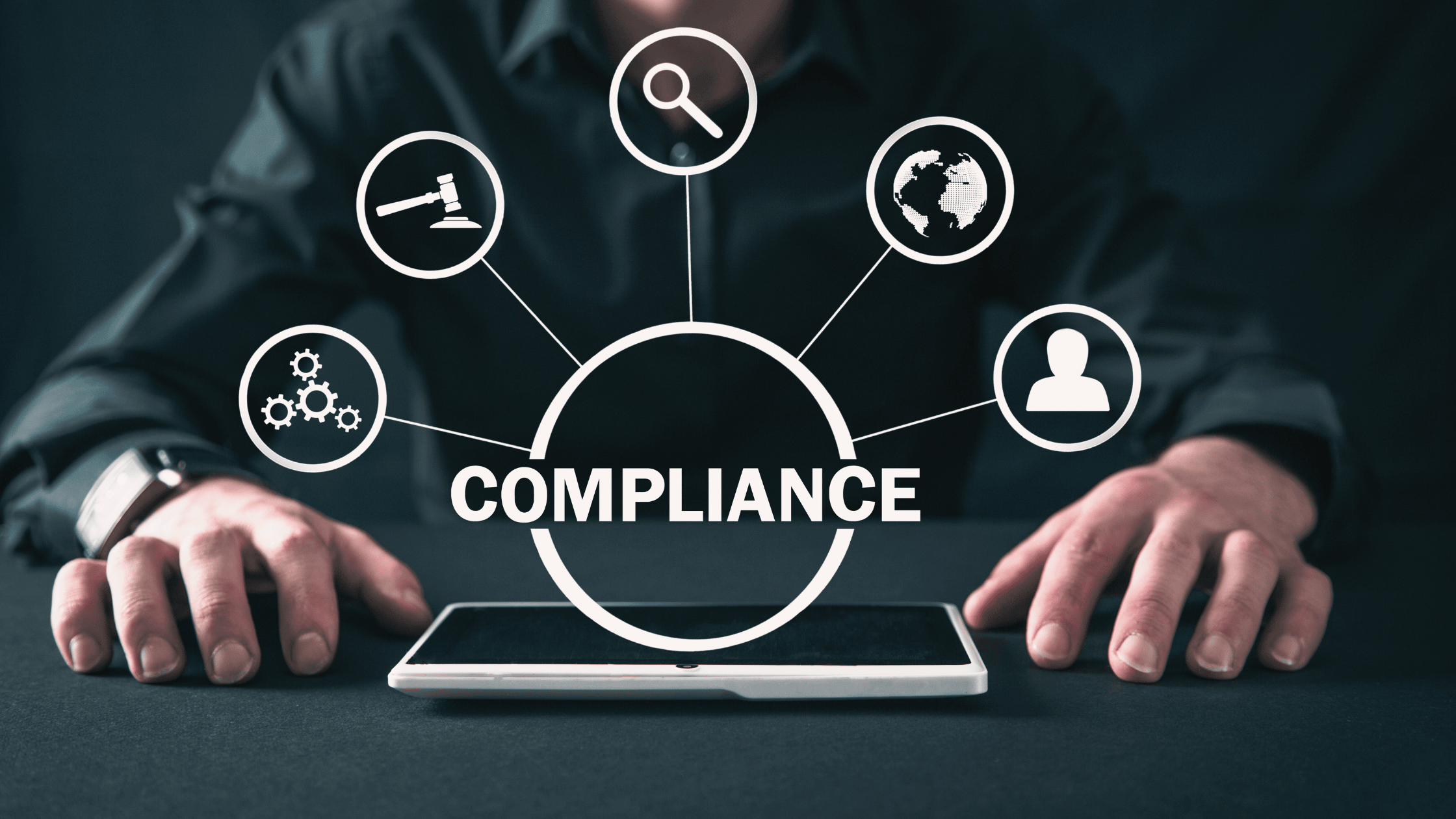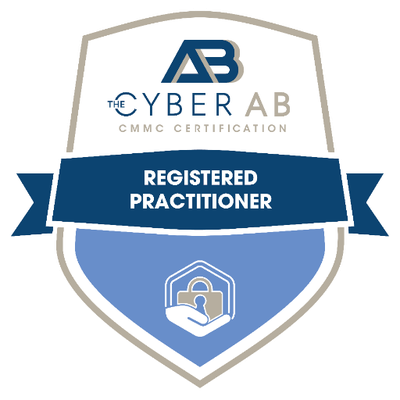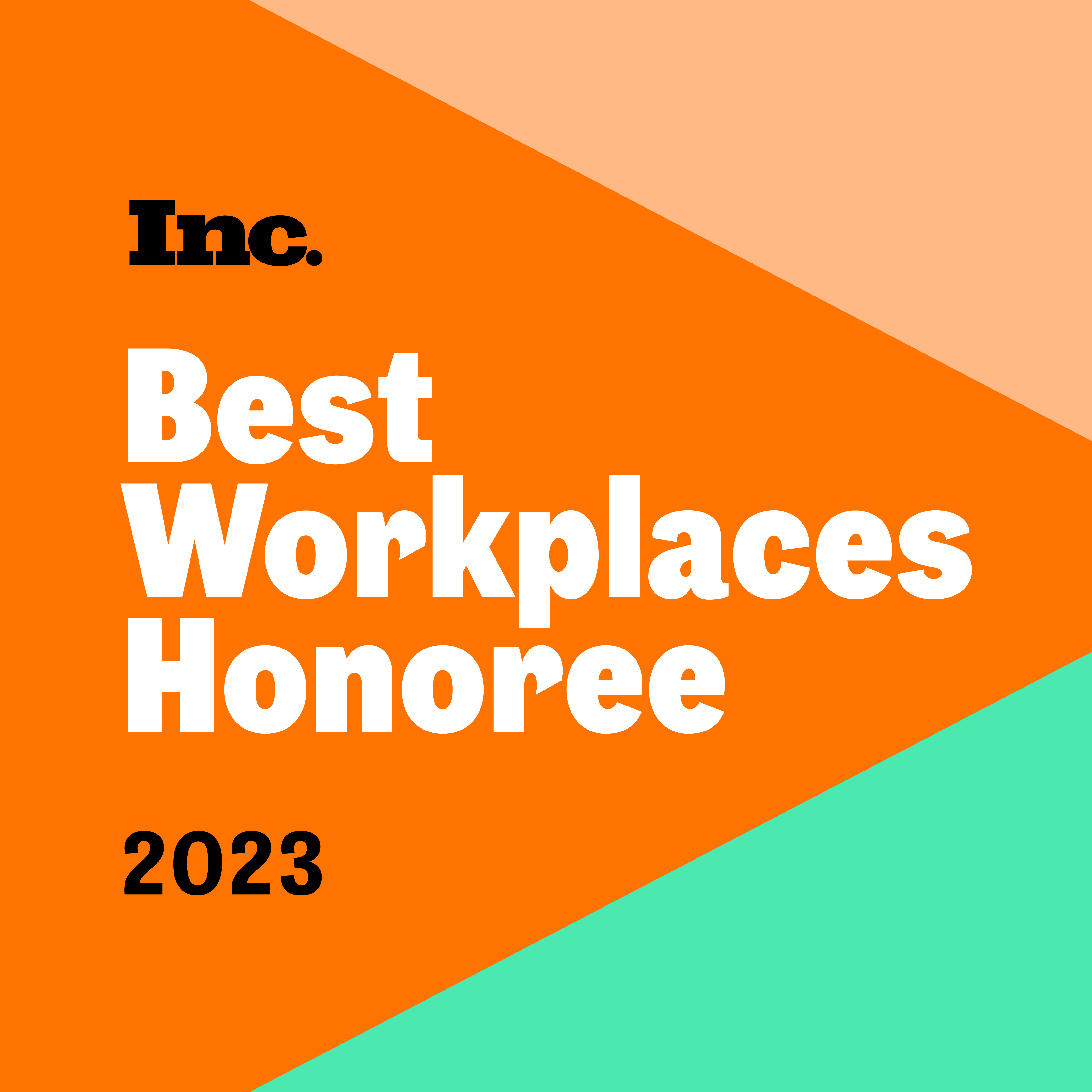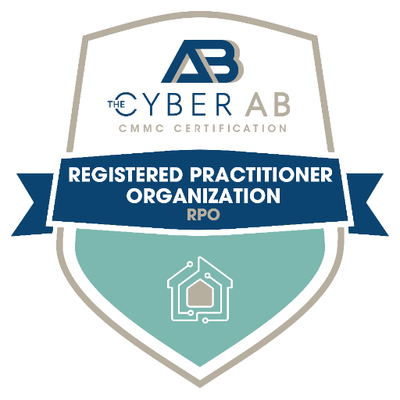Unlike traditional cybersecurity approaches, Governance as a Service (GaaS) is not a static solution; it is a continual process that aligns with the principles of “continual risk management.” Operating as an outsourced resource comparable to a dedicated BISO/CISO employee, GaaS integrates cutting-edge Governance, Risk, and Compliance (GRC) tools into a service model. This approach transforms the cybersecurity paradigm from a one-time installation to an ongoing, adaptive strategy that ensures rules, policies, and processes remain in sync with the latest legal and regulatory requirements.
In the dynamic realm of cybersecurity, GaaS emerges as a transformative force, revolutionizing how organizations manage information security risks and compliance. More than just a service, GaaS serves as a strategic paradigm, elevating productivity across essential functions crucial for ensuring the robustness of your software systems. At its core, GaaS redefines ownership and governance implementation flow, consolidating all security, compliance, and audit concerns into a streamlined realm. This creates an efficient and focused approach to tackling the intricate demands of the cybersecurity landscape.
Understanding GaaS in the Cybersecurity Landscape
At its core, GaaS mirrors the essence of Software as a Service (SaaS) but extends its capabilities far beyond. While SaaS primarily focuses on continuous software updates and a ‘pay as you go’ model, GaaS includes a GRC platform and encompasses continual compliance for information security.
The cyber landscape is in constant flux and organizations need more than just periodic updates – they require a living, breathing process that adapts to these ever-changing cyber risks and regulatory requirements.
The GaaS Advantage
1. Adaptability to Regulatory Changes. The regulatory landscape is a labyrinth of continuous updates and changes. GaaS ensures that your organization stays ahead of the curve, seamlessly adapting to the latest legal and regulatory requirements. This adaptability not only safeguards against non-compliance but also positions your organization as a proactive and responsible player in the cybersecurity arena.
2. Cost-Efficiency and Predictable Spending. Similar to the ‘pay as you go’ model of SaaS, GaaS offers a cost-efficient solution for organizations. By subscribing to GaaS, organizations can enjoy predictable spending, eliminating the unpredictability of managing unforeseen cybersecurity challenges. This financial predictability is a crucial factor for executives managing budgetary constraints while aiming for robust cybersecurity measures.
3. Continuous Improvement. GaaS is not just about meeting the baseline requirements; it thrives on continuous improvement. The continual process ensures that your organization’s cybersecurity risk posture is not stagnant but continually evolving to address emerging threats. This commitment to ongoing improvement strengthens your defense mechanisms and enhances your overall cybersecurity resilience.
4. It’s Not Subjective. Governance as a Service does not allow for subjective interpretation of a governance requirement. A key driver for pursuing GaaS is to be a forcing function to implement policy in a black/white and declarative way.
5. GaaS Is Not Software Engineering. The accountability of the security and compliance validation gets moved from the software engineering team to a GaaS partner, like Omnistruct. The software engineering team must only be accountable for the technology directly required to validate the features of their software. While the GaaS partner is accountable for understanding the organization’s security and compliance requirements. They are also responsible for autonomizing the governance process by amalgamating all components into a singular interface for the software engineering teams.
GaaS in Action: A Closer Look at the Service Model
GaaS operates as an externalized information security resource, offering a service model akin to renting experience or working with a fractional expert. It brings the expertise of a dedicated BISO/CISO into your organization without the overhead of hiring a full-time executive. Leveraging state-of-the-art GRC tools, GaaS ensures that your organization’s policies, procedures, and company culture remain current and aligned with the dynamic standards of the regulatory landscape.
By subscribing to GaaS, organizations can harness the following benefits:
- Risk Mitigation. GaaS actively identifies and mitigates information security risks, proactively preventing potential threats before they materialize.
- Continual Compliance. GaaS continuously monitors and aligns your organization with the latest legal and regulatory requirements, ensuring comprehensive compliance.
- Efficiency and Focus. With GaaS handling the intricacies of cybersecurity, your internal teams can focus on core business functions, enhancing overall operational efficiency.
- Allocation of Resources Where They are Needed Most. GAAS utilizes standard frameworks that can take the mystery out of the technical jargon and focus your budget on what will make the biggest impact.
In the fast-paced world of cybersecurity, where threats evolve at an unprecedented pace, executives need more than conventional solutions. Governance as a Service (GaaS) emerges as a beacon of innovation, offering a dynamic and adaptive approach to information security and compliance. By embracing GaaS, organizations not only ensure continual compliance and risk management but also position themselves as proactive leaders who are protecting their current and future revenue opportunities. As executives navigate the complexities of safeguarding their organizations, GaaS stands as a strategic ally, providing a roadmap for continuous improvement, cost-efficiency, and unparalleled resilience against emerging cyber threats.





